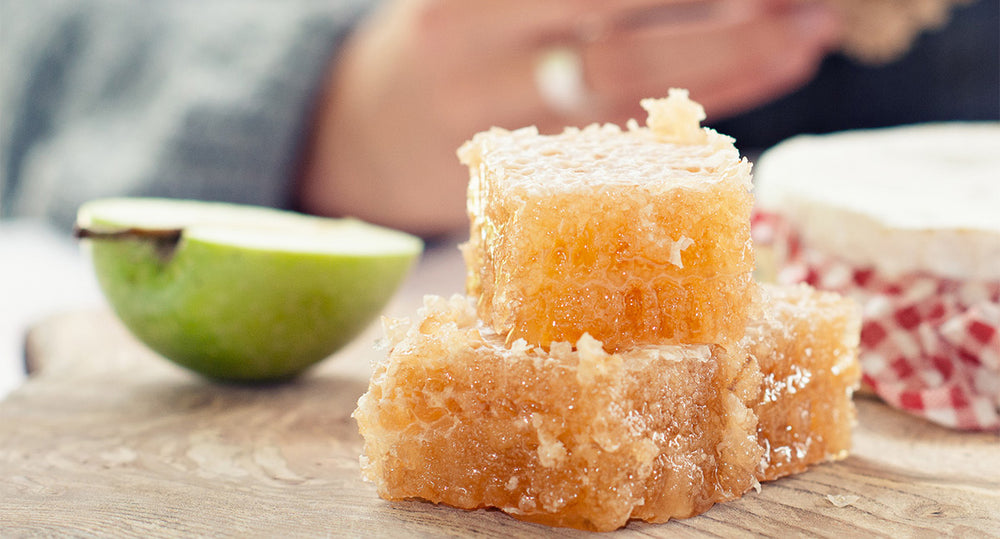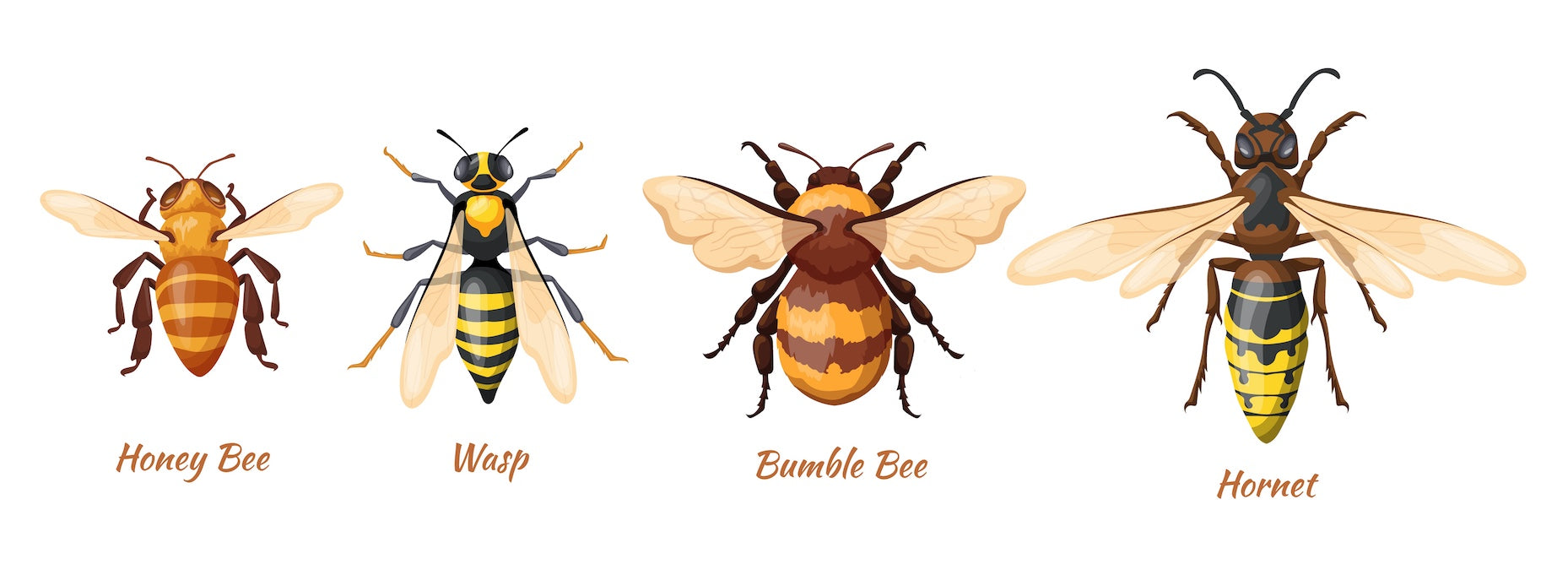Different Types of Bees in the UK
Next in our Bee Mini Series, we take a look at the many different types of bees we have in our towns, cities and green spaces in the UK – and you might be surprised to learn quite how many there are!
Would you bee-lieve us if we told you there are around 270 different species of bees living in the UK? It’s true! And the vast majority, around 90%, are known as solitary bees, and don’t live in a hive.
The two main bees are the bumblebee and the honey bee. So let’s take a look at each in more detail…
Bumblebees
If you ask a child to draw a picture of a bee, the rotund, fluffy, yellow and black creature they’ll draw is the bumblebee. A type of social bee that lives in colonies, the bumblebee is often spotted buzzing around our gardens, parks, woodlands and meadows.
There are 24 different species of UK native bumblebees - the four main types are the tree bumblebee, red-tailed, white-tailed and common carder bumblebee.
Bumblebees rarely sting humans and animals and are fairly chilled creatures, often found nesting in colonies of around 200 bees. They do produce honey, but rarely on a scale large enough to be harvested by beekeepers; instead, they usually produce enough to keep the colony alive. They are, however, very important pollinators for trees, flowers and weeds.
Honey Bees
Honeybees are longer, slimmer and less fluffy than bumblebees, and are highly sociable, usually living in colonies of 20,000 or more bees, all centred around one queen bee. In the UK, there’s just one species of honey bee, that’s now been domesticated by beekeepers and is usually part of a hive. In fact, it’s highly unusual to see a honey bee in the wild that hasn’t come from a nearby hive or bee farm.
As well as being effective pollinators, honey bees are exceptionally well organised at producing honey that can then be harvested commercially or on a smaller scale in private gardens and rooftop hives. Honey bees are also more likely to cluster and swarm than bumblebees.
Solitary Bees
The rest of the bee species in the UK are solitary bees that nest on their own, with a solitary female bee caring for her own young. Extremely important pollinators, solitary bee species include mason, mining and leafcutter bees, all with their own distinct features.
Donate to Friends of the Earth and receive your own Bee Saver Kit, which includes a bee identification chart and see how many you can spot!
We’ll be talking about the difference between male and female bees in the next instalment of our Bee Mini Series. But before you go, why not try some of the honey the hardworking bees create for Necta & Hive!






